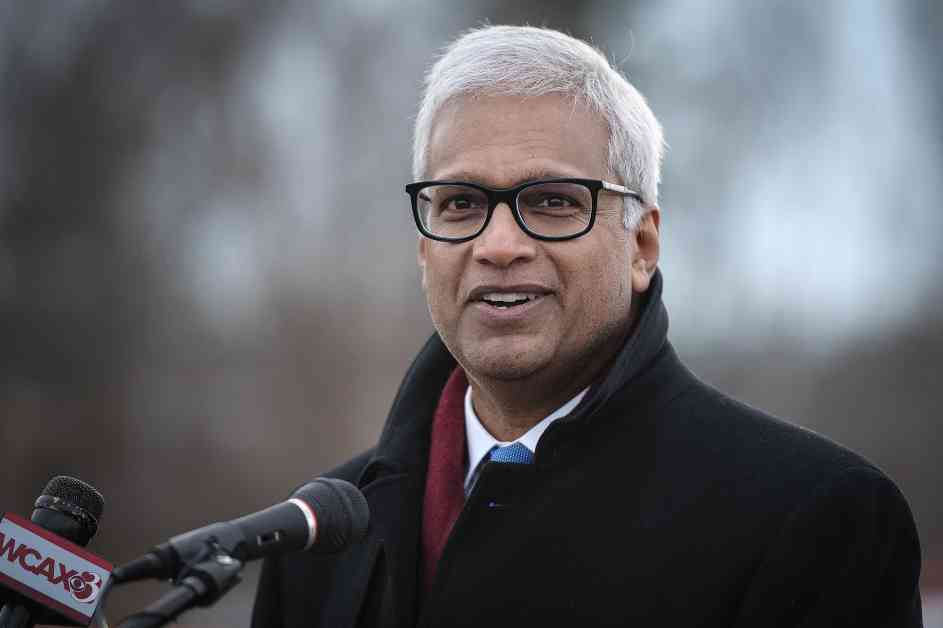The University of Vermont Health Network’s CEO, Sunny Eappen, faced a series of challenging questions at the Vermont Statehouse during back-to-back hearings. Leaders from the health network, a significant player in the state’s healthcare landscape, have recently come under fire for service cuts, financial movements between hospitals in Vermont and New York, and substantial executive bonuses. These issues prompted the House Committee on Health Care and the Senate Committee on Health and Welfare to demand answers.
Examining the Tough Questions
During the House Committee on Health Care hearing, Eappen emphasized the network’s commitment to serving patients and communities. He candidly discussed the difficult decisions made to implement service cuts, attributing them to directives from the Green Mountain Care Board. However, lawmakers remained skeptical, questioning the flow of funds between Vermont and New York hospitals within the network. In a tense exchange, concerns were raised about the financial stability of Champlain Valley Physicians Hospital and its impact on Vermont facilities.
Lawmakers pressed Eappen for transparency regarding executive compensation and service reductions. A particularly charged moment occurred when Rep. Daisy Berbeco questioned Eappen about his $400,000 bonus amidst service cuts. Eappen defended the bonuses as part of his recruitment package, highlighting the leadership team’s decision to accept them despite the challenging circumstances. The House Committee on Health Care’s interactions with Eappen underscored the public’s scrutiny of the network’s financial decisions and their impact on patient care.
Seeking Solutions and Understanding
Conversely, the Senate Committee on Health and Welfare approached the issue with a more constructive tone. Senators inquired about healthcare affordability and accessibility, prompting Eappen to advocate for a shift in care delivery and financing models. He stressed the need for payment based on quality and patient outcomes, rather than traditional fee structures. This approach, Eappen argued, would better align incentives with patient needs and improve overall healthcare delivery.
Sen. Ginny Lyons acknowledged the challenges faced by the network, expressing gratitude for their work while recognizing the intense media scrutiny surrounding their operations. The Senate Committee’s engagement with network leaders signaled a willingness to explore solutions and collaborate on addressing the complex healthcare landscape in Vermont.
In conclusion, the hearings at the Vermont Statehouse offered a glimpse into the intricate challenges facing the University of Vermont Health Network. While the House Committee on Health Care highlighted concerns about financial practices and service cuts, the Senate Committee on Health and Welfare focused on exploring innovative solutions to improve healthcare delivery. As stakeholders continue to navigate these issues, finding a balance between financial sustainability and patient care remains a critical priority. The discussions at the Statehouse underscored the importance of transparency, accountability, and collaboration in shaping the future of healthcare in Vermont.









